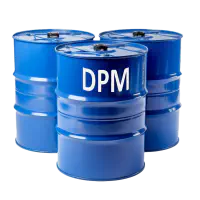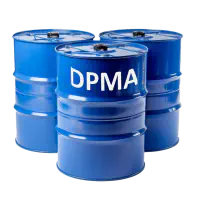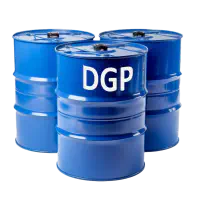
The fragrance industry involves the creation and distribution of a wide range of scented products, including perfumes, colognes, candles, and air fresheners, to enhance personal grooming, ambiance, and overall sensory experiences. It combines art and science to develop unique and appealing olfactory compositions that cater to diverse consumer preferences.

DPM (Dipropylene glycol methyl ether), also known as methyl diglycol, is a commonly used industrial solvent that offers several desirable physical features. Here are some of the physical features of DPM: Characteristics Appearance: DPM is a clear, colorless liquid with a mild, ether-like odor. Viscosity: DPM has a relatively low viscosity, which means it flows easily. This makes it suitable for applications where good solvency and spreading properties are required.

DPMA, also known as Diisopropyl Methylphosphonate, is an industrial solvent with the following physical features: Characteristics Chemical formula: C7H17O3P Molecular weight: Approximately 182.2 g/mol Appearance: DPMA is a colorless liquid. Odor: It generally has a mild, ester-like odor. Density: The density of DPMA is around 0.972 g/mL. Boiling point: DPMA has a boiling point of approximately 190-200°C (374-392°F). Melting point: DPMA typically solidifies at temperatures below -50°C (-58°F). Solubility: DPMA is miscible with many organic solvents such as ethanol, acetone, and benzene.

DPG, also known as Dipropylene Glycol, is an industrial solvent with the following physical features: Characteristics Chemical formula: C6H14O3 C6H14O3 Molecular weight: Approximately 134.17 g/mol Appearance: DPG is a clear, colorless liquid. Odor: It has a slight, characteristic odor. Density: The density of DPG is around 1.04 g/mL. Boiling point: DPG has a boiling point of approximately 232-234°C (450-453°F). Melting point: The melting point of DPG is around -48°C (-54°F).
For a consultation call us today at
+44 20 7101 3847
Bio Greenware Ltd ®